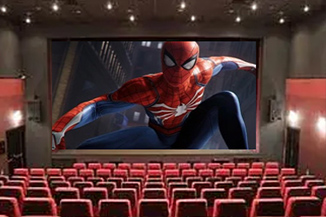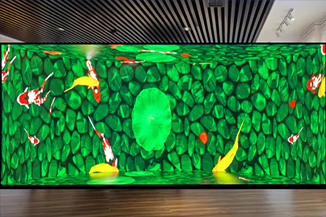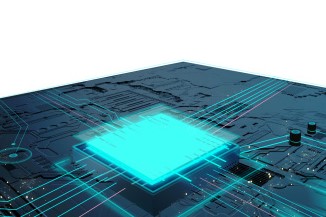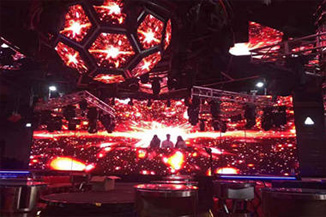Publisher: Supplier of LED Display Time: 2022-02-09 18:04 Views: 1571
The led display has received widespread attention since its birth. With the continuous progress of installation technology in recent years, it has been recognized and applied in various industries. The production and maintenance of led display also requires professional knowledge. How to achieve high-definition display? To achieve high-definition display, there must be four factors: first, the film source requires full HD; second, the display needs to support full HD; third, the dot pitch of the LED display is reduced; and the fourth is the combination of the LED display and the video processor. At present, LED full-color displays are also moving towards higher-definition displays.

1. Improving the contrast ratio of the LED full-color display screen is one of the key factors affecting the visual effect. Generally speaking, the higher the contrast ratio, the clearer the image and the brighter the color. High contrast is very helpful for image clarity, detail performance, and grayscale performance. In some text and video displays with large black and white contrast, the high-contrast full-color LED display has advantages in black and white contrast, sharpness, and integrity. Contrast has a greater impact on the display effect of dynamic video. Because the light and dark transition in dynamic images is relatively fast, the higher the contrast, the easier it is for human eyes to distinguish such a transition process. In fact, the improvement of the contrast ratio of the LED full-color screen is mainly to improve the brightness of the full-color LED display and reduce the surface reflectivity of the screen. However, the brightness is not as high as possible, too high, but it will be counterproductive, not only affecting the LED display. life, but also cause light pollution. Light pollution has become a hot topic now, and high brightness will have an impact on the environment and people. The full-color LED display LED panel and LED light-emitting tube undergo special processing, which can reduce the reflectivity of the LED panel and improve the contrast of the full-color LED display.
2. Improve the gray level of the full-color LED display The gray level refers to the brightness level that can be distinguished from the darkest to the brightest in the single-color brightness of the full-color LED display. The higher the gray level of the full-color LED display, the The richer the color, the brighter the color; on the contrary, the display color is single and the change is simple. The improvement of the gray level can greatly improve the color depth, so that the display level of the image color increases geometrically. The LED grayscale control level is 14bit~16bit, which makes the image level resolution details and display effects of high-end display products reach the world's advanced level. With the development of hardware technology, LED gray scale will continue to develop to higher control precision.
3. Reducing the dot pitch of the full-color LED display The smaller the dot pitch of the full-color LED display, the more delicate the screen display. However, this point must be supported by mature technology. Its input cost is relatively large, and the price of the full-color LED display produced is also high. Fortunately, the market is now developing towards small-pitch LED displays.
4. The combination of LED full-color display screen and video processor The LED video processor can use advanced algorithms to modify the signal with poor image quality, perform a series of processing such as de-interlacing, edge sharpening, motion compensation, etc., to enhance the image quality. details and improve the picture quality. The video processor image scaling processing algorithm is used to ensure that after the video image is scaled, the clarity and gray level of the image are maintained to the greatest extent. In addition, the video processor also needs to have rich image adjustment options and adjustment effects, and process the image brightness, contrast, and grayscale to ensure that the screen outputs a soft and clear picture.




